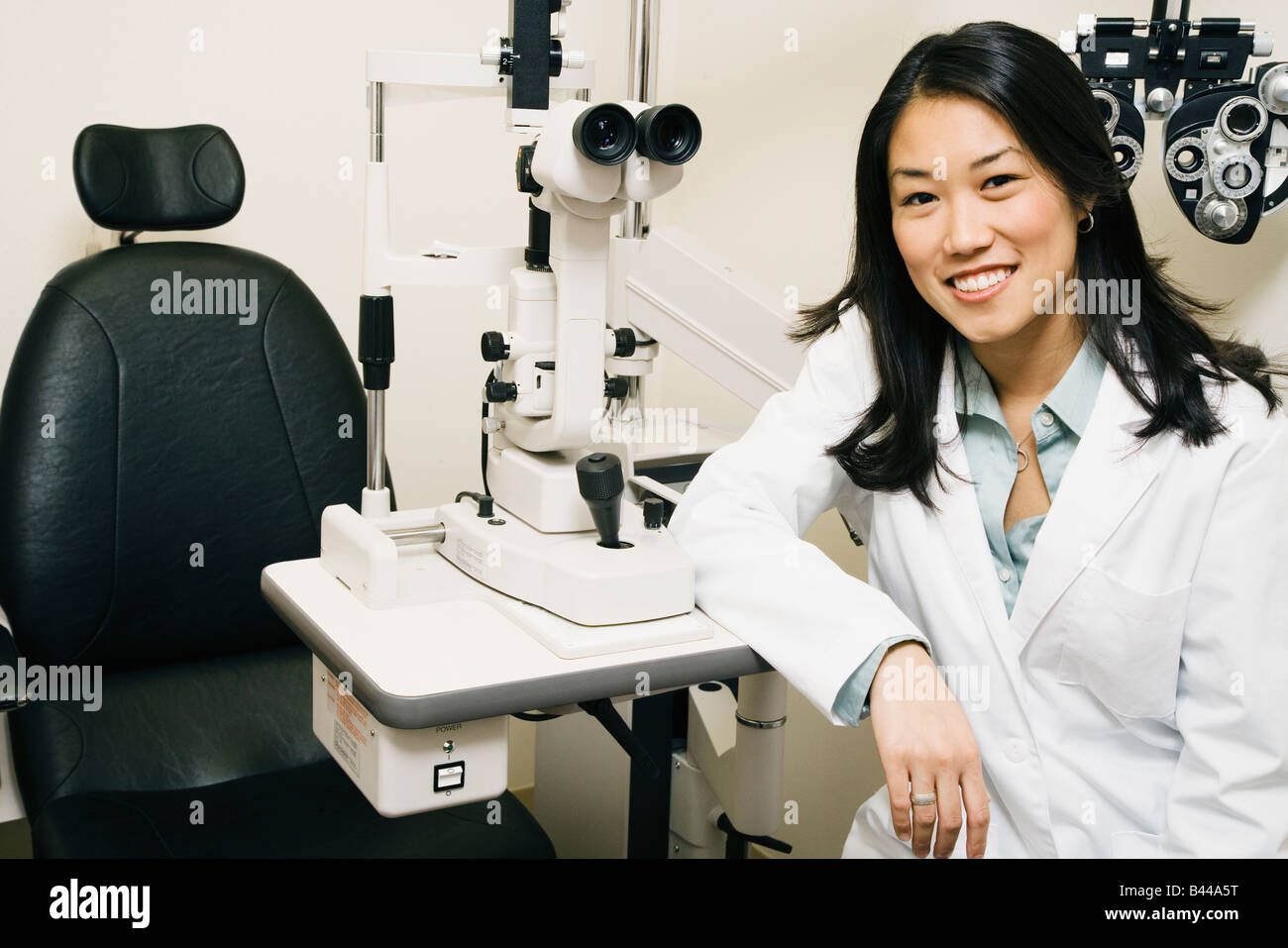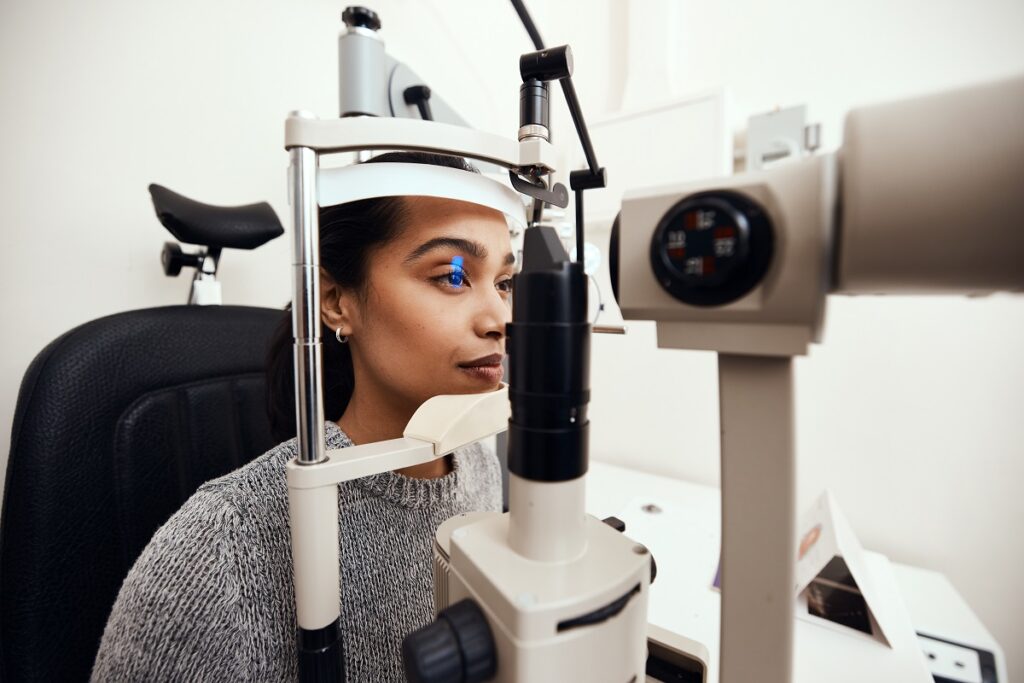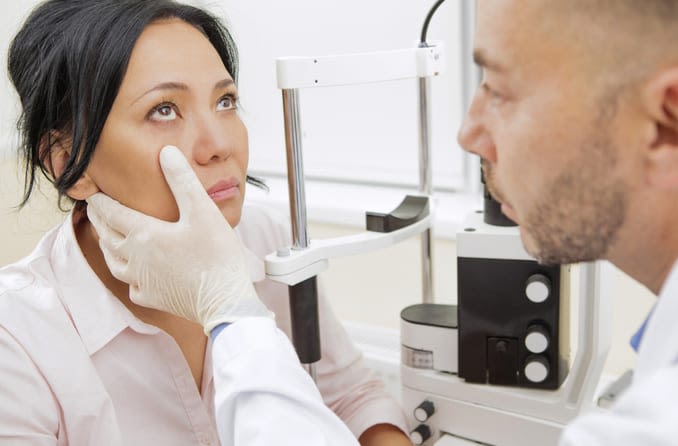Top Factors to Go To an Optometrist Chino for Your Eye Health
Top Factors to Go To an Optometrist Chino for Your Eye Health
Blog Article
Exploring the current Technological Improvements in Optometry and What They Mean for Optometrists
From the precision of Optical Comprehensibility Tomography to the nuanced insights offered by AI-driven analysis devices, these developments are establishing new standards in client assessment and treatment. As these innovations permeate the method, optometrists are faced with the obstacle of accepting these devices to boost client end results.
Innovations in Diagnostic Equipment
Advancing the field of optometry, innovations in diagnostic tools have changed the method eye treatment professionals evaluate and detect eye problems and visual disabilities. The past decade has actually experienced substantial technical improvements, allowing more exact and detailed analyses.
Another secret technology is the introduction of innovative corneal topography systems, which map the surface curvature of the cornea with accuracy. These devices are especially useful for fitting contact lenses and diagnosing corneal problems. Electronic retinal imaging has changed conventional ophthalmoscopy, using detailed, scenic sights of the retina that facilitate comprehensive visual evaluations.
The development of wavefront aberrometry has likewise been vital, making it possible for the analysis of refractive errors with unrivaled accuracy (Eye Doctor Optometrist). This modern technology helps in personalizing corrective lenses and improving medical outcomes for refractive surgical treatments. Jointly, these analysis innovations equip optometrists to supply superior person treatment, making certain early treatment and tailored treatment approaches, inevitably enhancing aesthetic wellness end results
AI in Individual Administration
Structure on the foundation of innovative analysis tools, the consolidation of man-made intelligence (AI) in person management represents a transformative jump for optometry. AI systems are progressively used to boost effectiveness, accuracy, and customization in individual care. By examining substantial amounts of information, AI can recognize patterns and forecast possible ocular problems, enabling optometrists to tailor treatments better. This capability is essential in handling persistent eye illness such as glaucoma and diabetic retinopathy, where very early detection and constant monitoring are vital.
Additionally, AI-driven systems help with structured patient interactions and management procedures. Automated scheduling, online appointments, and customized follow-up strategies not only enhance client fulfillment yet additionally enhance time management for practitioners. These systems can triage individuals based upon the seriousness of their conditions, making sure that those in vital requirement receive timely interest.
Additionally, AI improves decision-making by supplying optometrists with evidence-based suggestions and treatment pathways. By incorporating information from digital health and wellness documents, AI tools provide insights that inform scientific decisions, minimizing the danger of errors and boosting client results. As AI continues to progress, its function in person administration will likely increase, reshaping the landscape of optometric treatment.
Breakthroughs in Retinal Imaging
In the realm of optometry, retinal imaging has actually witnessed impressive technical improvements that are boosting diagnostic capabilities and individual care. Advancements such as Optical Coherence Tomography (OCT) and fundus digital photography have actually changed how eye doctors visualize and examine the retina. OCT, specifically, supplies high-resolution, cross-sectional pictures of the retina, enabling the in-depth assessment of its layers. This capacity is important for very early detection and monitoring of problems like glaucoma, diabetic retinopathy, and age-related macular deterioration.
Enhanced imaging techniques like OCT angiography are additional refining analysis accuracy. This non-invasive strategy maps blood circulation in the retina, supplying crucial insights into vascular health without the need for dye shots. Furthermore, flexible optics modern technology is being incorporated into retinal imaging systems to fix ocular aberrations, delivering unmatched image clarity. Such improvements help with the recognition of min retinal changes that can signify condition progression.
Moreover, innovations in artificial knowledge are boosting retinal imaging by enabling computerized evaluation of large datasets. These systems assist eye doctors in recognizing patterns a sign of pathology, therefore boosting diagnostic accuracy and performance. Collectively, these developments are changing retinal imaging right into a keystone of modern eye treatment, enhancing results and increasing restorative opportunities.
Teleoptometry's Growing Duty
Teleoptometry is significantly becoming a crucial part of eye treatment, driven by developments in electronic communication and analysis devices. This is especially beneficial in underserved and rural locations where access to specialized eye treatment is typically restricted.
The integration of expert system (AI) further enhances teleoptometry, enabling the analysis of visual data and aiding in the detection of ocular problems such as glaucoma and diabetic retinopathy. AI-powered formulas can swiftly interpret complex imaging data, giving optometrists with important insights that strengthen scientific decision-making.
In addition, teleoptometry supports connection of visit treatment via smooth integration with digital health and wellness documents (EHRs), permitting optometrists to preserve comprehensive individual backgrounds. This makes sure that individuals receive regular and individualized care even when speaking with different practitioners.
In spite of these advantages, obstacles continue to be, including ensuring data safety and taking care of individual expectations. Nonetheless, teleoptometry represents a considerable stride in the direction of more obtainable, reliable, and patient-centered eye treatment. As innovation evolves, its function is poised to broaden additionally.

Future Trends in Eye Care
A myriad of ingenious patterns is established to reshape the future of eye care, driven by technological advancements and the evolving requirements of individuals. One significant pattern is the assimilation of artificial intelligence (AI) in diagnostics, which promises to enhance the accuracy and performance of eye assessments. AI algorithms can examine huge amounts of data from retinal pictures, possibly spotting conditions like diabetic person retinopathy and glaucoma earlier than conventional approaches.
Furthermore, personalized medication is getting grip in optometry, with genetic testing educating customized treatment plans. This method aims to optimize person results by customizing treatments to private genetic profiles. Wearable technology, such as smart contact lenses, is also imminent, using real-time tracking of intraocular pressure or sugar levels, hence giving constant insights into ocular and systemic wellness.
The fostering of increased reality (AR) and virtual fact (VIRTUAL REALITY) in training and client education and learning is another emerging fad. These technologies provide immersive experiences that can boost understanding and skills both for patients and optometrists. As these trends progress, eye doctors need to stay abreast of technological developments to provide advanced care, making certain enhanced client results and contentment in the vibrant look what i found landscape of eye treatment.
Verdict

Jointly, these diagnostic advancements empower optometrists to supply superior patient treatment, making certain very early intervention and tailored treatment approaches, eventually improving visit homepage visual health results.

As these technologies continue to progress, optometrists must adjust and include them right into technique, inevitably enhancing process effectiveness and boosting the standard of eye treatment delivered to individuals.
Report this page